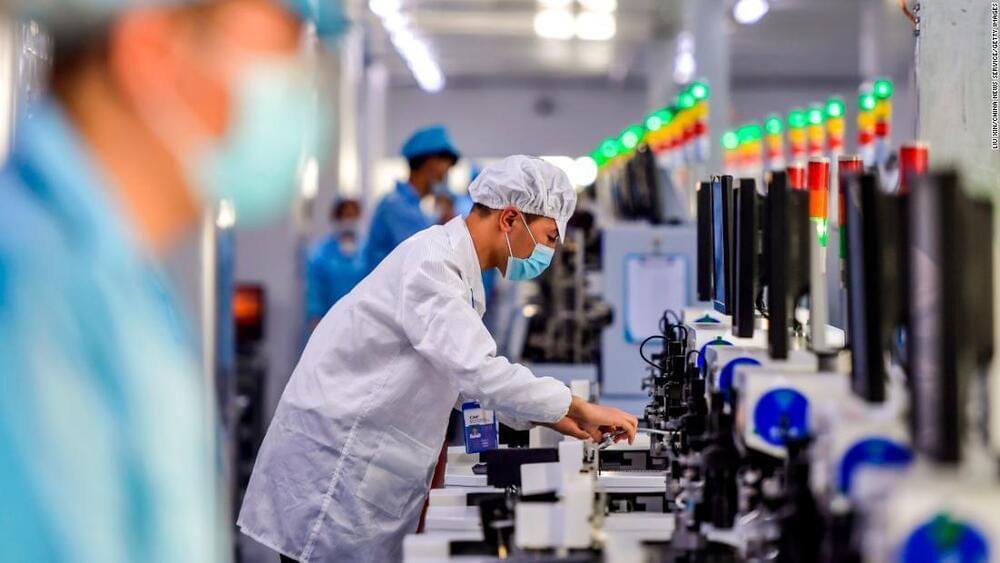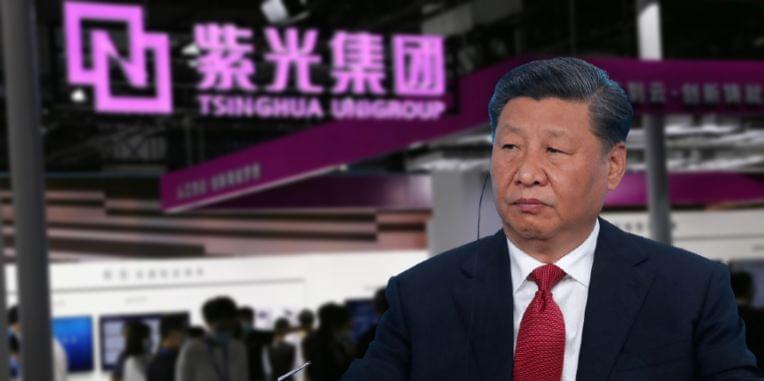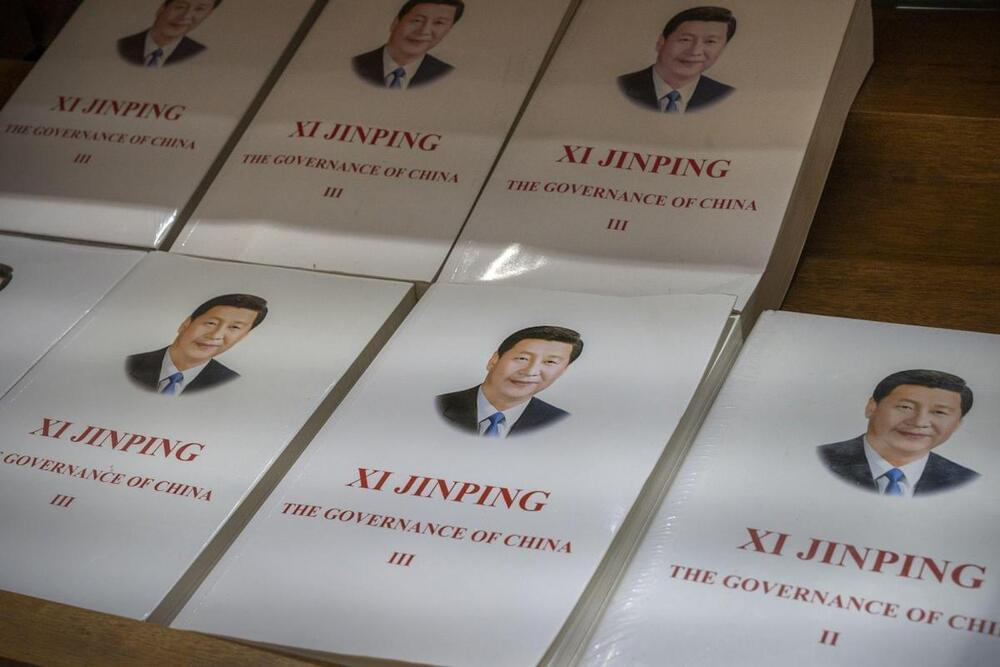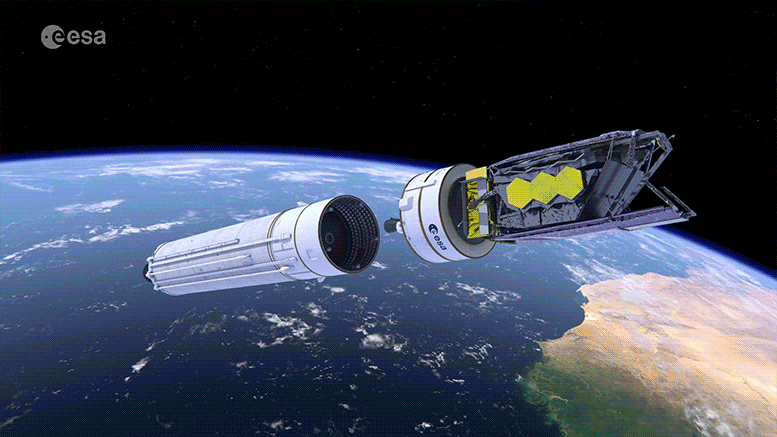Taiwan’s spycatchers are battling a sustained Chinese espionage campaign. Even the security detail of President Tsai Ing-wen has been compromised.
The operation detailed in these documents shows how Beijing allegedly sought out commanders in the Taiwan military and induced them to become spies. It comes amid a series of convictions for military espionage in Taiwan in recent years. Those cases reveal that China has mounted a broader campaign to undermine the democratic island’s military and civilian leadership, corrode its will to fight, extract details of high-tech weapons and gain insights into defense planning, according to senior retired Taiwanese military officers and current counter-espionage agents, as well as former U.S. military and intelligence officers with experience in Taiwan.
Taiwan’s spycatchers are battling a campaign that has compromised senior officers at the heart of the island’s armed forces and government agencies, a steady stream of convictions handed down in the courts shows.
Beijing has even penetrated the security detail assigned to protect Taiwan’s President Tsai Ing-wen. A retired presidential security officer and a serving military police lieutenant colonel at the unit tasked with protecting the president had their conviction upheld earlier this year for leaking sensitive information about Tsai’s security to a Chinese intelligence agency.









